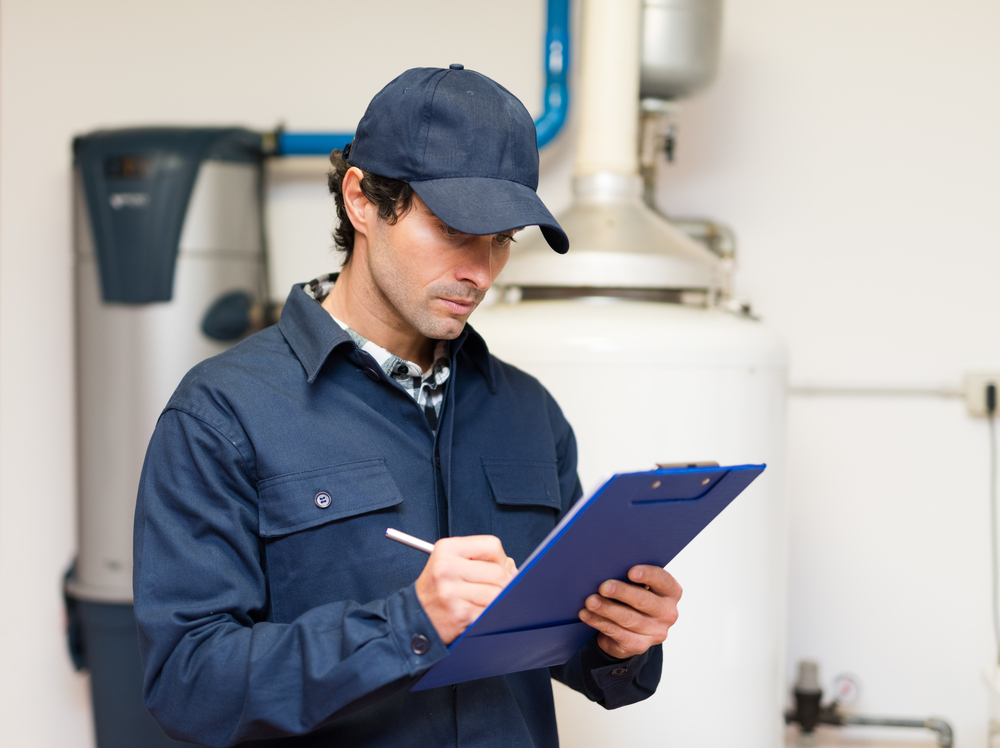In the vast expanse of agricultural landscapes, one might easily overlook the humble yet indispensable tool that holds together the fabric of farming operations: baling twine. Often taken for granted, this simple yet crucial component plays a pivotal role in the harvesting and processing of crops, ensuring efficiency and sustainability in agricultural practices. Behind the scenes, baling twine suppliers quietly fulfil a vital role in supporting farmers worldwide. In this article, we delve into the significance of a baling twine supplier, its impact on agriculture, and the innovations shaping this essential industry.
Understanding Baling Twine
Before we explore the role of suppliers, it’s crucial to understand what baling twine is and why it’s essential in agriculture. Baling twine, also known as baler twine or hay twine, is a strong and durable cord used primarily in the baling process to secure and bundle crops such as hay, straw, or other agricultural products. Made from various materials such as polypropylene, sisal, or even recycled plastics, baling twine comes in different thicknesses and strengths to accommodate different crops and machinery.
The Importance of Baling Twine
Baling twine serves several critical functions in modern agriculture:
- Efficient Harvesting: During harvesting, baling twine facilitates the bundling of crops into manageable units, allowing for easier transportation and storage. Without baling twine, the logistics of handling harvested crops would be significantly more cumbersome and time-consuming.
- Crop Preservation: Properly baled crops are protected from the elements, reducing the risk of spoilage and ensuring the quality of fodder for livestock feed. Baling twine plays a crucial role in tightly securing bales, preventing them from unravelling and maintaining their integrity during storage.
- Cost-Effective Packaging: Baling twine offers a cost-effective solution for packaging and transporting agricultural products. Its affordability makes it an attractive option for farmers seeking to minimize expenses while maximizing productivity.
The Role of Baling Twine Suppliers
Behind every neatly bound bale of hay or straw lies the expertise and support of baling twine suppliers. These suppliers form a vital link in the agricultural supply chain, providing farmers with the essential materials they need to optimize their operations. Here’s how a baling twine supplier contributes to the agricultural industry:
- Product Diversity: Baling twine suppliers offer a wide range of products tailored to the diverse needs of farmers. From different materials to various thicknesses and strengths, suppliers ensure that farmers can find the right baling twine to suit their specific crops and equipment.
- Quality Assurance: Reliable suppliers prioritize the quality of their baling twine products, ensuring they meet industry standards for strength, durability, and performance. By sourcing high-quality materials and adhering to stringent manufacturing processes, suppliers instil confidence in farmers, knowing they can rely on their products even in demanding conditions.
- Innovation and Adaptation: As agriculture evolves, so too do the technology and materials used in baling twine production. Suppliers invest in research and development to innovate new products that enhance efficiency, sustainability, and durability.
- Supply Chain Stability: Baling twine suppliers play a crucial role in maintaining a stable and efficient supply chain.
The Future of Baling Twine
Looking ahead, the future of baling twine holds promise for further innovation and sustainability. With growing awareness of environmental concerns, there’s increasing interest in developing eco-friendly alternatives to traditional baling twine. Biodegradable materials, recycled plastics, and other sustainable options are gaining traction as farmers and suppliers alike seek to reduce their environmental footprint.
In conclusion, baling twine suppliers are the unsung heroes of modern agriculture, providing the essential materials that keep the industry running smoothly. From facilitating efficient harvesting to preserving crop quality and supporting sustainable practices, a baling twine supplier plays a vital role in ensuring the success and sustainability of farming operations worldwide. As the agricultural sector continues to evolve, so too will the innovations and contributions of baling twine suppliers, driving progress and efficiency in this essential industry.

